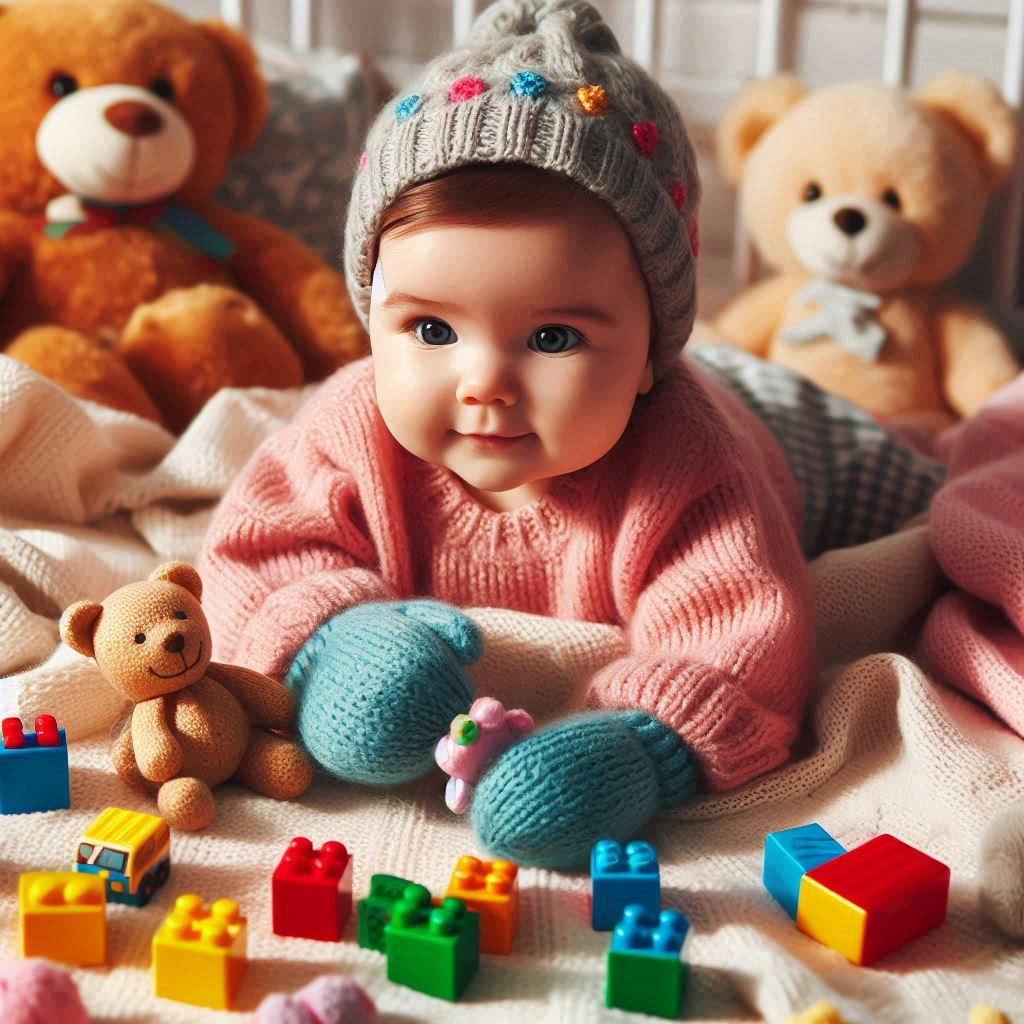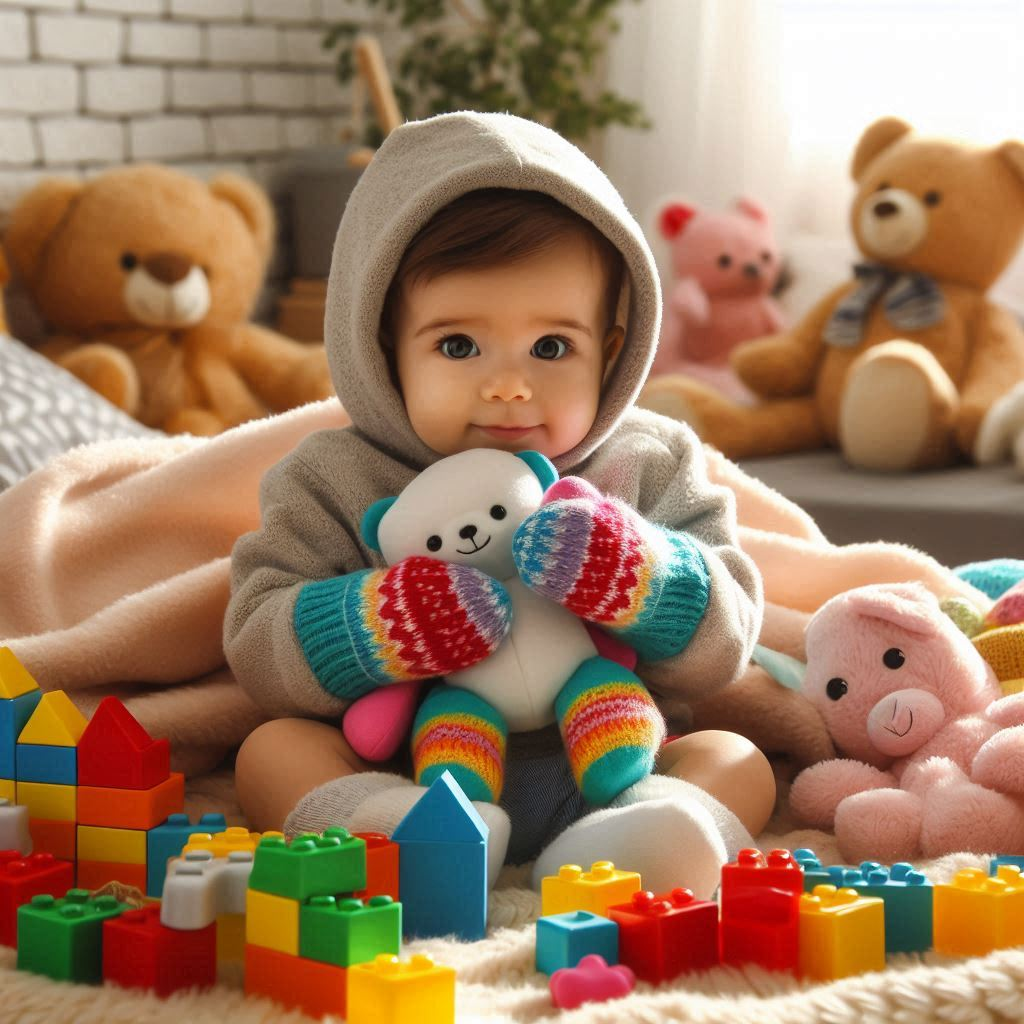When to Use Baby Mittens: A Complete Guide for New Parents
Bringing a new baby home is an exciting and sometimes overwhelming experience. As a new parent, you’re faced with countless decisions about your little one’s care, including whether or not to use baby mittens. This guide will help you navigate the world of baby mittens, understanding when they’re helpful, when to avoid them, and how to choose the right ones for your baby.
Quick Answer: When Should You Use Baby Mittens?
Baby mittens are most useful in the first few weeks of life to prevent accidental face scratches, during sleep, in cold weather, and temporarily while you’re learning to safely trim your baby’s nails. However, they should be used sparingly to allow for proper sensory development.
Why Consider Baby Mittens?
Before we dive into the details, let’s look at why baby mittens are a popular choice among parents:
- Scratch protection: Newborns often have sharp nails and little control over their movements, which can lead to face scratches.
- Warmth: In colder climates, mittens can keep tiny hands cozy.
- Comfort: Some babies find the gentle pressure of mittens soothing.
When to Use Baby Mittens: A Closer Look

1. The Newborn Stage
Those first few weeks with your newborn are magical, but they can also be a bit nerve-wracking. Your baby’s nails might seem impossibly tiny, but they can be surprisingly sharp. Many parents find that using mittens during this time helps prevent scratches on the baby’s delicate face.
“I remember when we brought Tommy home,” says Sarah, a first-time mom. “His little hands were always near his face, and despite our best efforts to keep his nails trimmed, he’d end up with tiny red marks. The mittens were a lifesaver during those early weeks.”
2. Nighttime and Naps
Babies often move around in their sleep, their hands flailing about. Mittens can provide a barrier between those sharp nails and your baby’s face, potentially leading to more peaceful sleep for both baby and parents.
3. Cold Weather Protection
If you live in a place where winters are chilly, baby mittens can be a crucial part of your little one’s cold-weather gear. They help keep those tiny fingers warm when you’re out and about.
4. During the Nail-Trimming Learning Curve
Let’s face it: trimming a wriggly baby’s nails can be scary at first. While you’re gaining confidence in your nail-trimming skills, mittens can provide temporary protection.
When to Skip the Mittens
While mittens have their place, there are times when it’s best to let those little hands be free:
- During awake, supervised times: Babies learn about their world through touch. Keeping mittens off during awake times allows for important sensory exploration.
- In warm weather: Babies can overheat easily, so skip the mittens when it’s warm.
- As your baby grows: Older babies need freedom to develop motor skills.
Choosing the Right Baby Mittens
Not all baby mittens are created equal. Here’s what to look for:
- Material: Opt for soft, breathable fabrics like cotton.
- Fit: Snug enough to stay on, but not so tight they restrict circulation.
- Design: Look for mittens with gentle elastic or adjustable closures.
- Washability: Babies are messy, so easy-to-clean mittens are a must.
A Personal Touch: My Baby Mitten Journey
When my daughter Lily was born, I was determined to do everything “right.” I’d read all the books and thought I was prepared. But on day three, I noticed tiny red scratches on Lily’s cheeks. I felt terrible! A more experienced mom friend suggested trying baby mittens.
“Trust me,” she said, “they’ll give you peace of mind and let Lily’s face heal.”
She was right. The mittens became part of our routine for the first month. We’d put them on for naps and nighttime sleep, but always made sure Lily had plenty of mitten-free time during the day. It worked wonderfully for us, but I know every baby is different.
Balancing Protection and Development
While mittens can be helpful, it’s crucial to balance protection with your baby’s developmental needs. Babies use their hands to learn about the world around them. They need opportunities to touch, grasp, and explore.
The Importance of Sensory Exploration
Babies start learning about their environment through touch from the moment they’re born. They use their hands to:
- Explore different textures
- Understand the concept of cause and effect
- Develop hand-eye coordination
- Self-soothe by sucking on their fingers or hands
Excessive use of mittens can interfere with these important developmental processes. That’s why it’s recommended to use mittens sparingly and always provide plenty of supervised, mitten-free time.
Alternatives to Baby Mittens
If you’re not sure about using mittens, or if your baby seems to dislike them, there are alternatives:
- Regular nail trimming: With practice, you’ll become more confident in keeping those tiny nails short and smooth.
- Baby nail files: These gentle files can help keep nails smooth without the need for clippers.
- Onesies with built-in mittens: Some baby clothes come with fold-over cuffs that can cover the hands when needed.
When to Consult Your Pediatrician
While scratches are common and usually harmless, there are times when you should check with your doctor:
- If scratches seem excessive or don’t heal quickly
- If your baby seems to be scratching due to skin irritation or rashes
- If you have any concerns about your baby’s hand movements or development
FAQs About Baby Mittens
How often should I wash baby mittens?
Wash mittens every 1-2 days, or immediately if they get dirty or wet. Babies often put their hands in their mouths, so keeping mittens clean is important.
Can babies wear mittens all day?
It’s not recommended. Babies need plenty of time to explore with bare hands. Use mittens sparingly, mainly for sleep times or when extra warmth is needed.
At what age should babies stop wearing mittens?
Most babies outgrow the need for mittens by 2-3 months old. By this time, their movements are more controlled, and you’ll be more comfortable trimming their nails.
Wrapping Up: The Mitten Decision
Deciding whether to use baby mittens is a personal choice that depends on your baby’s needs and your family’s preferences. They can be a helpful tool, especially in those early weeks, but it’s important to use them judiciously.
Remember, every baby is unique. What works for one might not work for another. Trust your instincts, stay attuned to your baby’s needs, and don’t hesitate to adjust your approach as your little one grows and changes.
Key Takeaways:
- Baby mittens can be useful for preventing scratches, especially in newborns.
- Use mittens sparingly to allow for proper sensory development.
- Choose soft, breathable mittens that fit well.
- Consider alternatives like regular nail trimming or clothes with built-in mittens.
- Always provide plenty of supervised, mitten-free time for exploration and development.
Parenting is a journey of discovery, and you’ll find what works best for you and your baby. Whether you choose to use mittens or not, the most important thing is the love and care you provide. Happy parenting!

Jessica Winter is a passionate parenting blogger with two years of experience guiding new and seasoned parents through the joys and challenges of raising babies. Her insightful posts blend personal anecdotes with expert advice to offer a warm and practical perspective on modern parenting.

